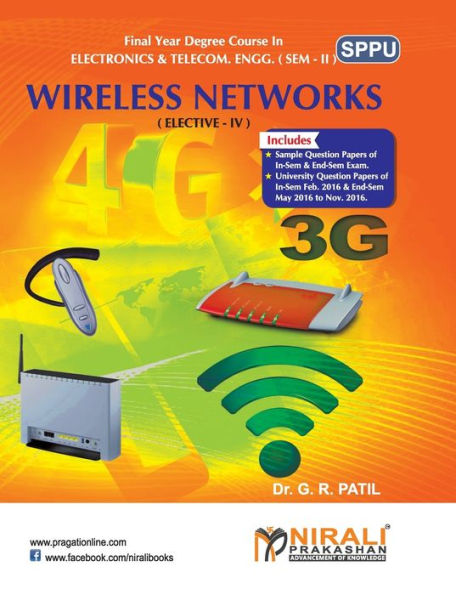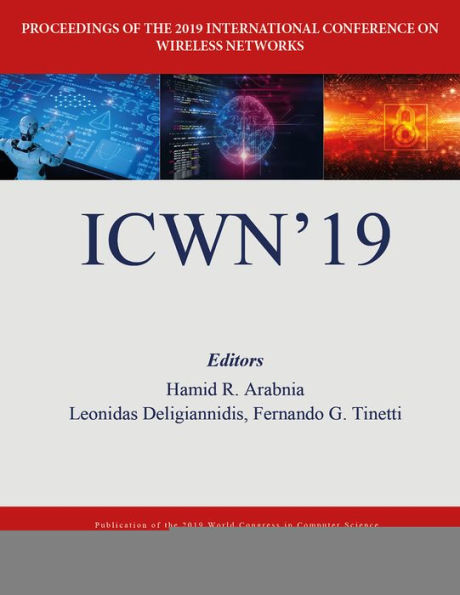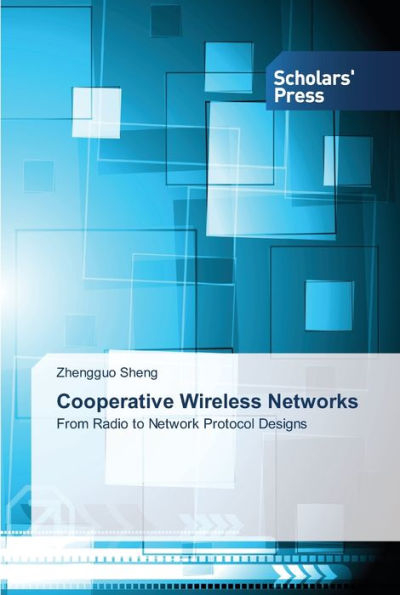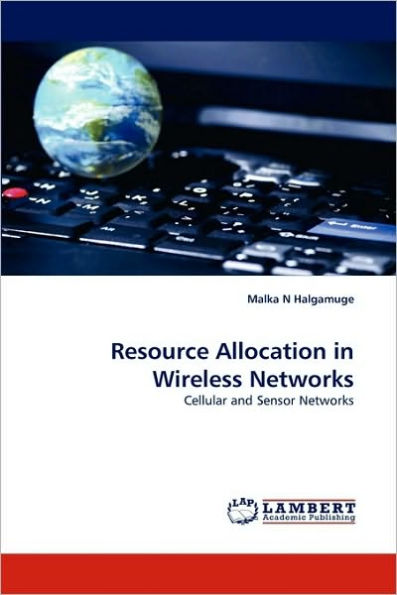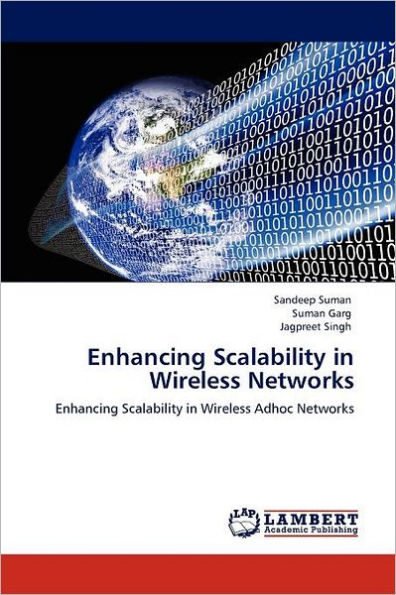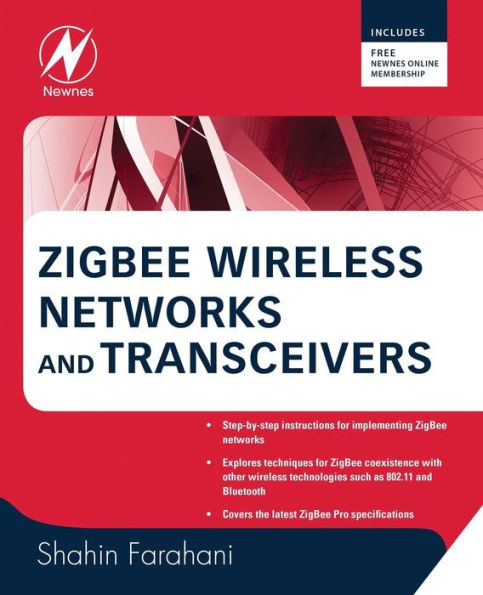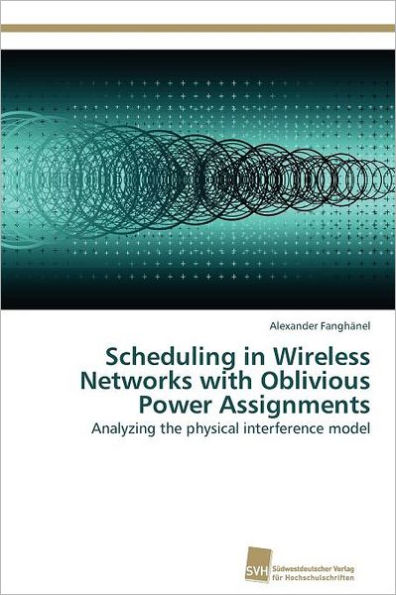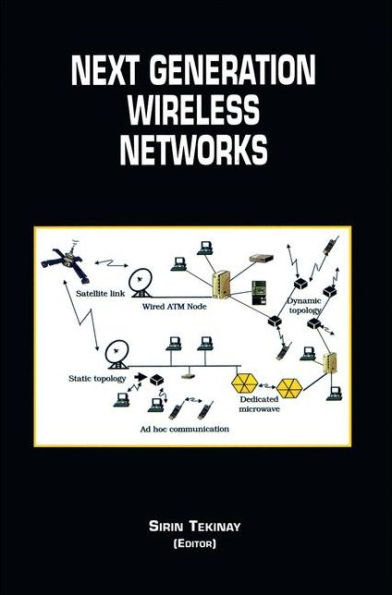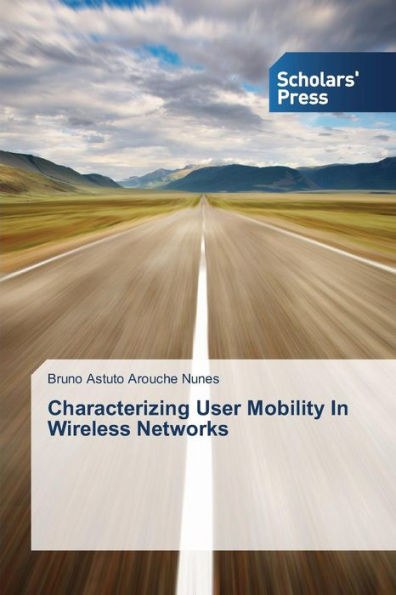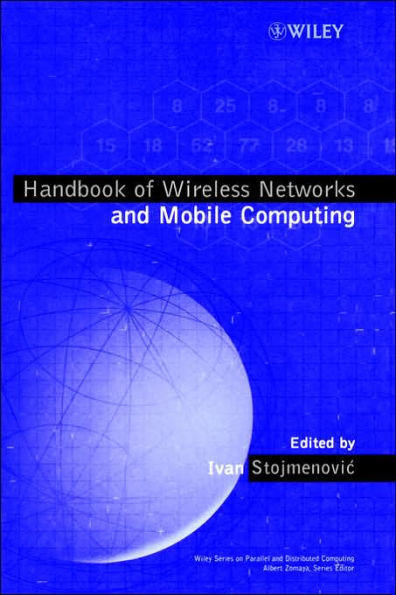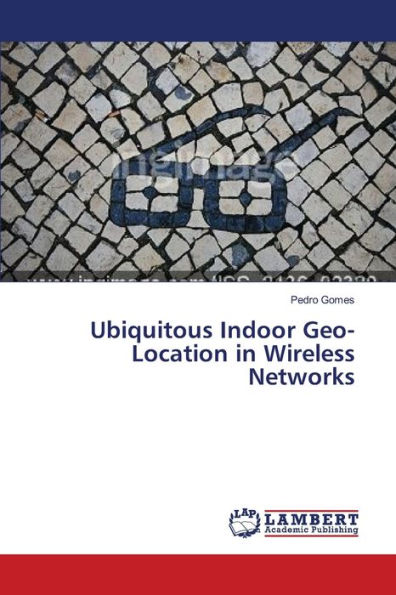Home
Wireless Networks


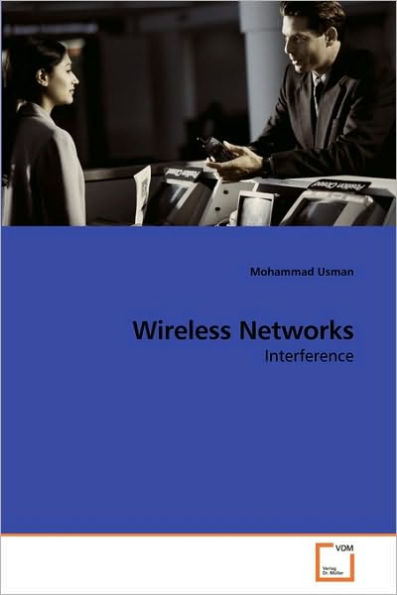
Wireless Networks
Current price: $63.72
Loading Inventory...
Size: OS
In this thesis we study the effect of interference and methods of coping with it in a wireless network. We approach the problem from three different perspectives. The first which involves physical layer is a method to cancel out interference in a multi-access channel. We consider J transmitter units each equipped with N transmit antennas over wireless Rayleigh fading channels. Previously, it was proved that when each transmitter unit has N transmit antennas, using (J − 1)N + r receive antennas for any r ≥ 1, the receiver can completely separate the signals of J users. The provided diversity to each user was shown to be N r if the units employ space-time trellis codes even if the units transmit asynchronously. Here, we consider the case when all units are synchronized and employ Quasi-Orthogonal Space-Time Block Codes (N > 2). It is proved that in this case a receiver with xvi J + r − 1 antennas, with r ≥ 1, can separate the transmitted signals of all units and provide each unit with a diversity order of N r.
